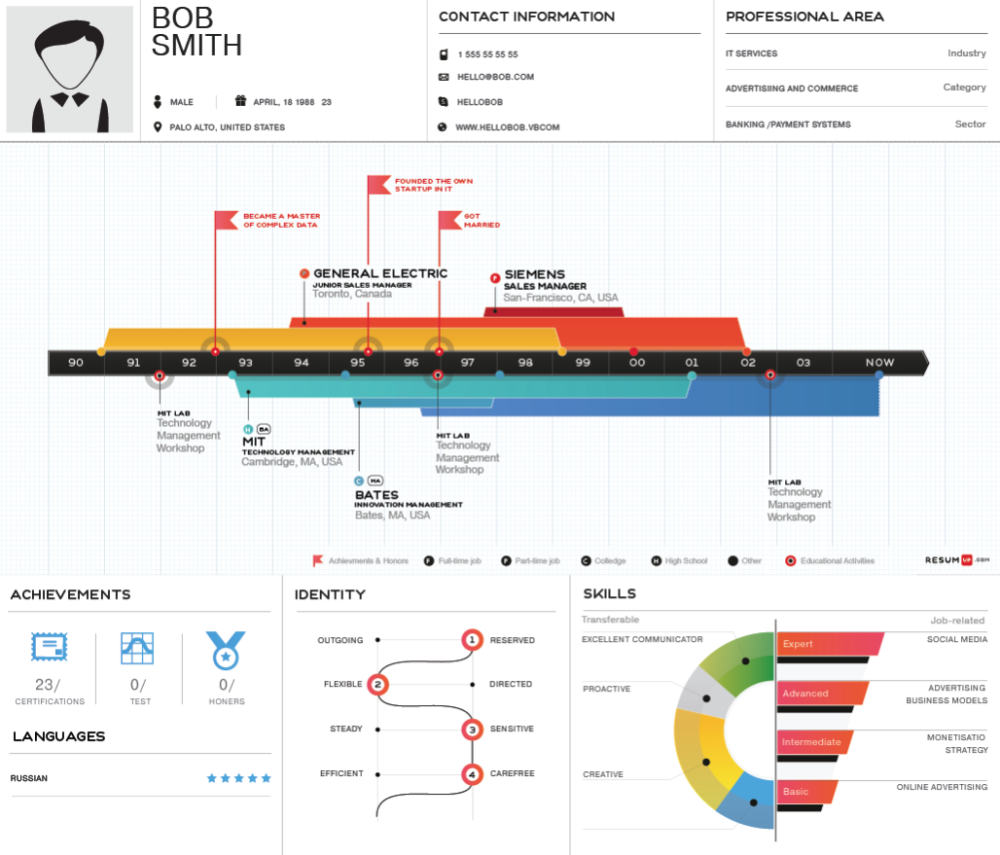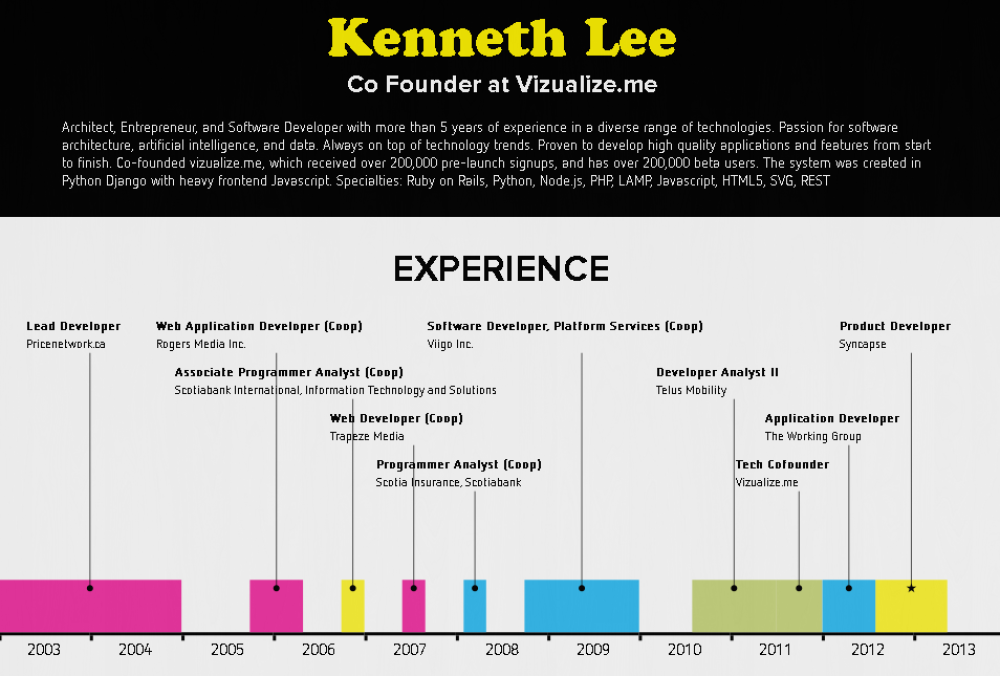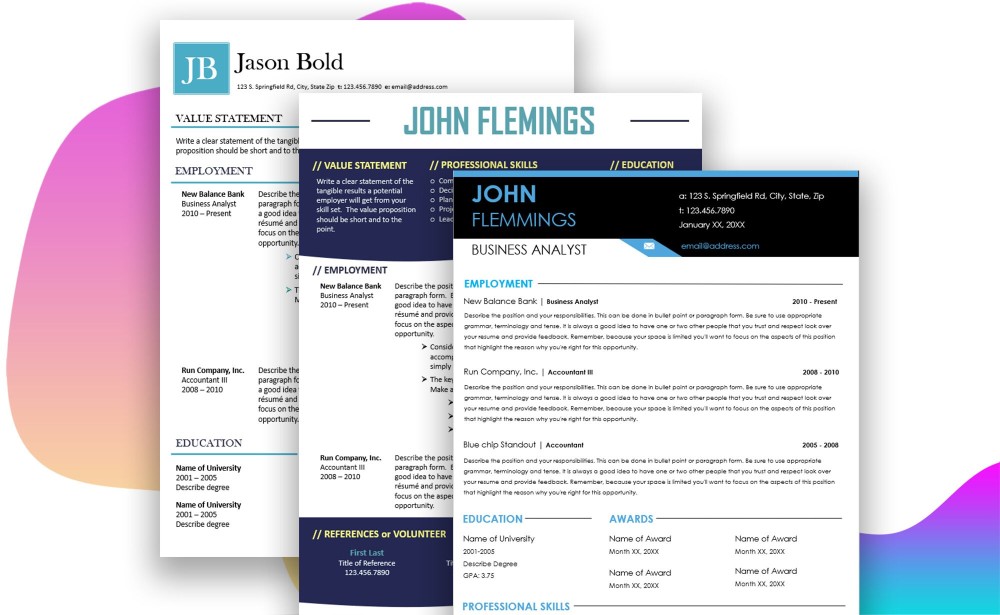In essence, a professionally developed CV creates a powerful and enduring impression on potential employers, bolstering your credibility and propelling your career forward. It's a pivotal tool that significantly influences your success within the fiercely competitive job market.

Here are the top 10 things you should NOT INCLUDE in your CV:
📍Personal Information Overload:
Avoid including excessive personal details like marital status, date of birth, gender, or religion. Stick to essential contact information.
📍Unrelated Work Experiences:
Exclude work experiences that are irrelevant to the position you're applying for. Focus on showcasing directly applicable roles.
📍Negative Language or Criticisms:
Stay positive and avoid negative language, complaints about past jobs, or criticisms of former employers or colleagues.
📍Excessive Jargon and Acronyms:
Steer clear of excessive industry jargon or acronyms that might not be universally understood. Keep the language clear and accessible.
📍Spelling and Grammar Mistakes:
Ensure your CV is free of spelling or grammar errors. Attention to detail is crucial to maintaining a professional image.
📍Long, Dense Paragraphs:
Use concise bullet points and short paragraphs for easy readability and to avoid overwhelming the reader.
📍Salary Information:
Avoid discussing salary expectations or history in your CV. Save this for later in the hiring process.
📍References on CV:
Skip including references or the phrase "References available upon request." Wait until employers request them.
📍Reasons for Leaving Jobs:
Don't elaborate on reasons for leaving past jobs within the CV. Discuss if necessary during the interview.
📍False Information:
Never provide false or misleading information on your CV. Honesty is key to building trust with employers.

Creating a high-quality CV is paramount in today's fiercely competitive job market.
Here are the top 5 reasons highlighting its crucial significance:
First Impressions and Relevance:
✅A professionally crafted CV is your first introduction to potential employers. It's the initial opportunity to impress and showcase your relevance to the job applied for. A well-structured and tailored CV immediately captures your attention and communicates your suitability for the role.
Showcases Professionalism and Competence:
✅A polished CV reflects your professionalism, attention to detail, and competence. Employers view a well-organized CV as a sign of a candidate who takes their career seriously and is likely to approach their work in a similar meticulous manner.
Effective Marketing Tool:
✅Your CV is essentially a marketing tool. It markets your skills, experiences, and accomplishments to potential employers. A professionally presented CV effectively communicates your value proposition, making a compelling case for why you are the ideal candidate for the job.
Increased Visibility and Interview Opportunities:
✅A standout CV significantly enhances your visibility in a crowded job market. It helps you get noticed by recruiters and hiring managers, increasing your chances of being shortlisted for interviews. A well-curated CV positions you as a strong contender in the hiring process.
Sets the Tone for Professionalism:
✅A meticulously designed CV sets the tone for professionalism throughout the hiring process. It conveys that you are dedicated to presenting yourself in the best light and are likely to uphold high standards of professionalism in the workplace.

In summary, investing time and effort to create a CV at a professional level is essential for making a strong initial impact, showcasing competence, marketing your skills effectively, enhancing visibility, and establishing a foundation of professionalism throughout the job search journey.


